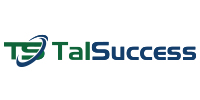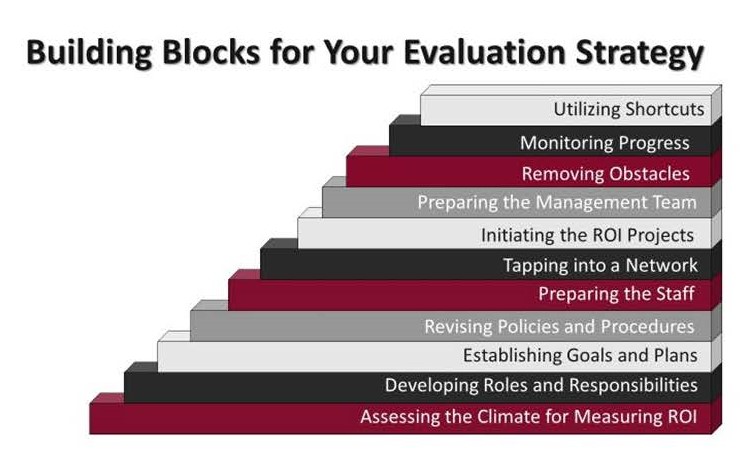Patti P. Phillips, Ph.D., CEO, ROI Institute, and Jack J. Phillips, Ph.D., Chairman, ROI Institute
This article was originally published on September 15, 2020, on TrainingIndustry.com.
The New Normal
As we prepare to weather a recession for the remainder of 2020 and into next year, a review of budgets will force many projects or programs to be cut or worse, eliminated. We must be able to show the value of our programs, projects, initiatives to prevent these cuts from further disrupting our business. After the COVID-19 pandemic, the pressures and challenges are vivid and real and can be condensed into these important realities.
- The pressure to curtail or eliminate projects, and programs. Executives will ask about the value of projects and programs, and in most executive’s minds, the value is the impact it is having on the organization. For expensive projects, some executives will ask to see how that value translates into monetary benefits compared to the cost of the project, which is ROI, a key metric for top decision-makers.
- Organizations will have to do more with less. With limited budgets and fewer resources, but greater expectations, organizations must be efficient and effective with processes to make sure that they can deliver value with minimum
- There is pressure to connect major projects to the business. Key funders, sponsors, and supporters expect major programs to be relevant and drive important business measures. Whether in government or business, there are always business measures. These are often key performance indicators for the top of the organization, as well as throughout the organization. Major projects and programs will need to connect to those important measures, credibly, and efficiently.
- Soft projects are more at risk. The so-called “hard projects,” those connected directly to production, quality, sales, logistics, and IT have less risk because the value is sometimes obvious and the benefits are easily recognized. The soft projects will be in a more precarious position. Projects involving culture, change management, leadership, communications, empowerment, customer service, and branding may be at risk because their values are not clear to executives and the owners of those projects have not taken the steps to show the business value very clearly.
- Forecasting ROI before implementation will be a common approach. The best way to obtain approval for a new project is to show the ROI forecast, showing the expected monetary benefits compared to the projected costs. The challenge is to make sure that this analysis is very credible and conservative. In an ideal setting, the ROI forecast will be less than the actual ROI in a follow-up evaluation. This confirms that the forecast was credible and
- The journey to business results involves the entire team and not just those involved in measurement and evaluation. An organization cannot measure its way to success. Measurement and evaluation uncover weaknesses in programs and processes, which means that changes must be made. These are often changes that spread throughout the program cycle and across different roles and responsibilities. It is difficult for the evaluation team to facilitate those changes. Therefore, it is best to design for the results you want and share the challenge and responsibility to do that with the entire team. A team effort is truly needed to deliver the value of your function.
- Virtual learning must be effective. Virtual learning often breaks down at the application level (using what was learned) and the impact level (the improvements in business measures connected to the application of the learning). However, this breakdown can be avoided, and virtual learning can deliver results at the application, impact, and even ROI levels if the learning is designed to deliver results at those levels.
- Future programs must be designed to deliver results. Important new programs should start with why, and the “why” is a business measure. And the proposed program must be the right solution. There should be SMART objectives, not only for reaction and learning but for application and impact as well. This provides the focus you will need to deliver
Action is Required
This situation requires recalibration and reevaluation of how the organization delivers solutions and measures results. This involves all the key roles and responsibilities, and it includes the latest benchmarking, technology, and know-how to make it work. More specifically, you need a new evaluation strategy to include these actions:
- Using a standard instrument, assess the current status of delivering results, as a
- Set very specific goals for delivering and measuring results that involve the entire team. Indicate the percent of programs evaluated at each level each year.
- Assign tasks to the various roles and responsibilities to make it work, identifying what each person must be doing to deliver impact.
- Build the capability of the team to make evaluation feasible, effective, and
- Develop simple, yet usable guidelines, tools, and templates to make it efficient, consistent, and repeatable.
- Use technology in a smart way to make the process more efficient and
- Adopt preferred practices in planning, data collection, analysis, and reporting (For a copy of ROI best practices, contact the authors).
- Report the results of the evaluation to all
- Brief, and involve, the management team, emphasizing what they must do to make it
- Measure progress and make
Figure 1.



